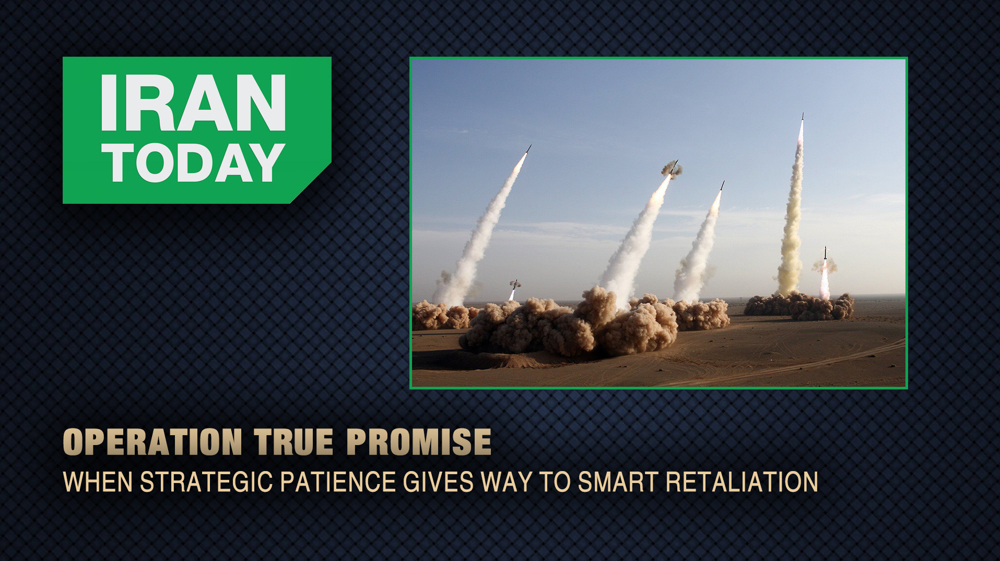Iran’s defense capabilities
War is as old as man himself and so is the natural urge to adopt a defense system for protection against an unwanted onslaught.
The stout defense put up against the Iraqi inroads on Iranian territory, which lasted 8 years, is locally referred to as the years of “sacred defense;” it broke out only 19 months after the Islamic Revolution.
Saddam Hussain was backed in full, politically, militarily and media-wise. We had a dependent army at that time, but it grew biggest as fast as possible because of the need at the time of the war.
No comparisons can be drawn between the Iran we see today and what it was in the beginning years of the revolution.
In the past, the ranges of our missile systems were effective for land invasions, we didn’t have naval capabilities. We had no subs prior to the revolution.
But now Iran pursues its defense capabilities in chiefly three ways: An expansive ballistic missile arsenal, an asymmetric naval warfare, and advanced aerial reconnaissance and remote sensing technologies.
Iran has at least twenty Ghadir-class subs compared to less than a handful of its other types of submarines. The Khalij-e Fars anti-ship ballistic missile (ASBM) is another valuable component of Iran’s asymmetrical naval capabilities.
At that begging of the war we could hardly deploy drones as far as 3 or 4 kilometers inside the Iraqi territory. An American figure has said countries must prepare for asymmetrical wars in the future. When asked to give an example and proof for his forecast, he referred to Iran’s clashes with US forces in 1986 and 87 in the Persian Gulf waters.
VIDEO | Iranians hold nationwide demos in support of IRGC
Syria condemns US veto of Palestine UN membership resolution
Iraqi resistance forces hit Israeli Ovda air base
Hackers break into Israeli military’s computers, access trove of documents
Tulkarm Brigade commander killed by Israeli forces in raid on refugee camp
Zionist media desperately trying to turn Israeli defeat into victory: Iran
VIDEO | Press TV's news headlines
Iran censures US veto of Palestinian request for full UN membership









 This makes it easy to access the Press TV website
This makes it easy to access the Press TV website